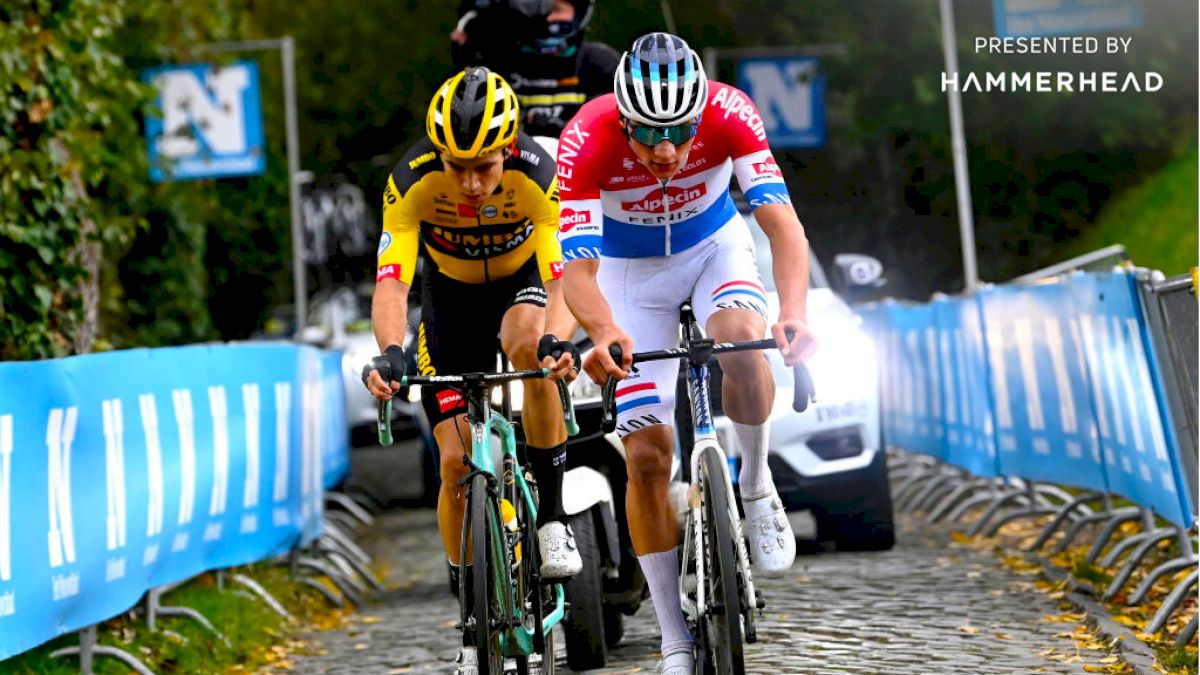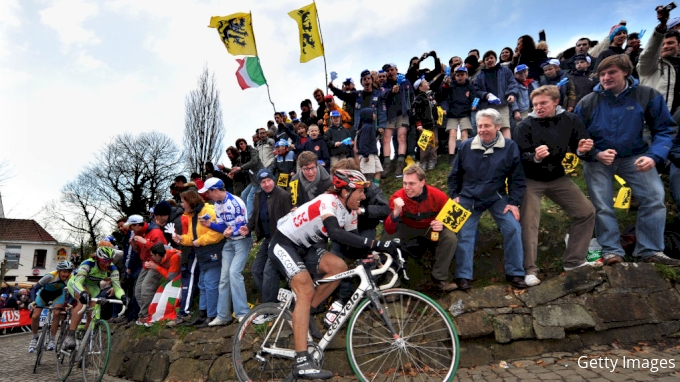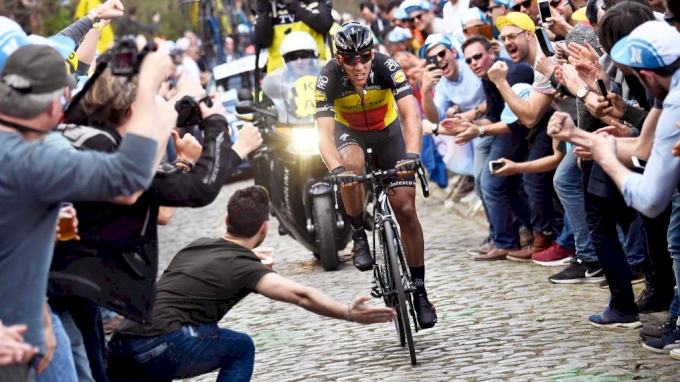Tour of Flanders Winners and Records
Tour of Flanders Winners and Records
The Tour of Flanders is the biggest day in of the year in Belgian cycling. Among the five cycling monuments, its history rich, dating back to 1913.

The Tour of Flanders or what the Flemish call the Ronde van Vlaanderen is the biggest day in of the year in Belgian cycling, and perhaps in all of Belgium.
The cycling one-day classic counts among the five cycling monuments and has a rich history dating back to 1913.
Mathieu van der Poel conquered the recent editions, but early on it was for the home riders, a tour of the northern part Dutch speaking part of Belgium, or Flanders.
That first edition was 330 kilometres long, won by Paul Deman after 12 hours. But the distance has now averaged out to around 260km – which is still a long day out on the bike and worth of it status as a monument with Milano-Sanremo, Paris-Roubaix, Liège-Bastogne-Liège and Lombardia.
Flanders is live on Flo in Canada, the USA, and Australia this Sunday.
Belgians won the race 69 times. The first "international" star was Fiorenzo Magni - winning three straight editions. Now there are six riders who count a record three wins including most recently Tom Boonen and Fabian Cancellara.

Sean Kelly and Leif Hoste, unfortunately, have the most second places without ever winning Flanders. Each finished second on three times.
American George Hincapie, also not a winner, holds the record number of finishes at 17. Belgian Briek Schotte has the record number of participations, at 20, having won two of those times.
Gianluca Bortolami holds the record for the fastest pace, 43.5kph, in 2001, which was something considering the race takes in some of the worst cobbled paths and climbs around the Flemish hills near Oudenaarde.
For 2023, the race begins again in Bruges, which hosted the start from 1998 to 2016 before Antwerp did so. Before, it started in Sint-Niklaas from 1977 to 1997, and in Ghent from 1913 to 1976.
Oudenaarde took over as the finishing town in 2012, with a route change that took out the famous Muur and Bosberg finish to Ninove for the circuits around the Oude Kwaremont and Paterberg. Some hated this move, but the organizers and fans benefited with a spot that allowed for a spot to view the riders multiple times.
The route varies slightly each year but some of the other notable climbs are the Koppenberg, which was cut for many years because it was "too tough" and was where in 1987 the organiser's car ran over Jesper Skibby's bike after he crashed. Even today, you'll see riders in the back forced to walk up the climb once the group bottle necks and slows on the climb.
Notable cobbled sectors are the Paddestraat (2400m), Mater-Kerkgate (3000m), Haaghoek (2000m), and the Stationsberg, which comes off the Steenbeekdries climb. The cobbles are hard riding, but are like smooth highways compared to the nastier cobbles found in Paris-Roubaix.
Andrei Tchmil was the oldest to conquer the roads at 37 in 2000 and Rik Van Steenbergen the youngest at 19 in 1944.

Some find it best to go away alone to succeed. Henri Vanlerberghe won with a solo escape starting at 120km from the finish. He came to a train crossing, where a train blocked the path, he dismounted, climb through one of its cars and continued to the finish to win by 14 minutes over his nearest rival. Also the biggest winning time gap.
One of the longest escapes in recent history goes to Philippe Gilbert, who rode solo with 55km to race in 2017. Making it more special, he was racing in his home country, in the national championship jersey on a day that comes once a year like Christmas and honored and celebrated even more by Belgians.